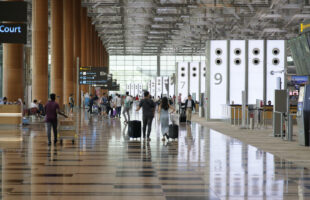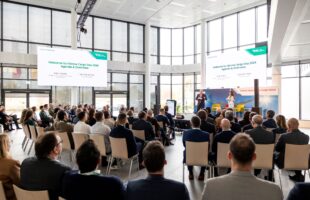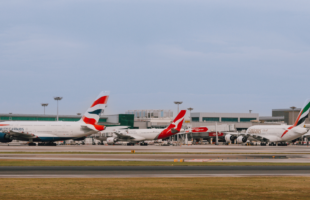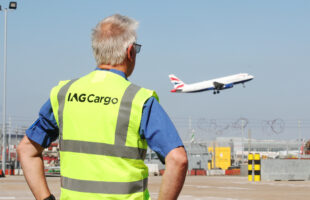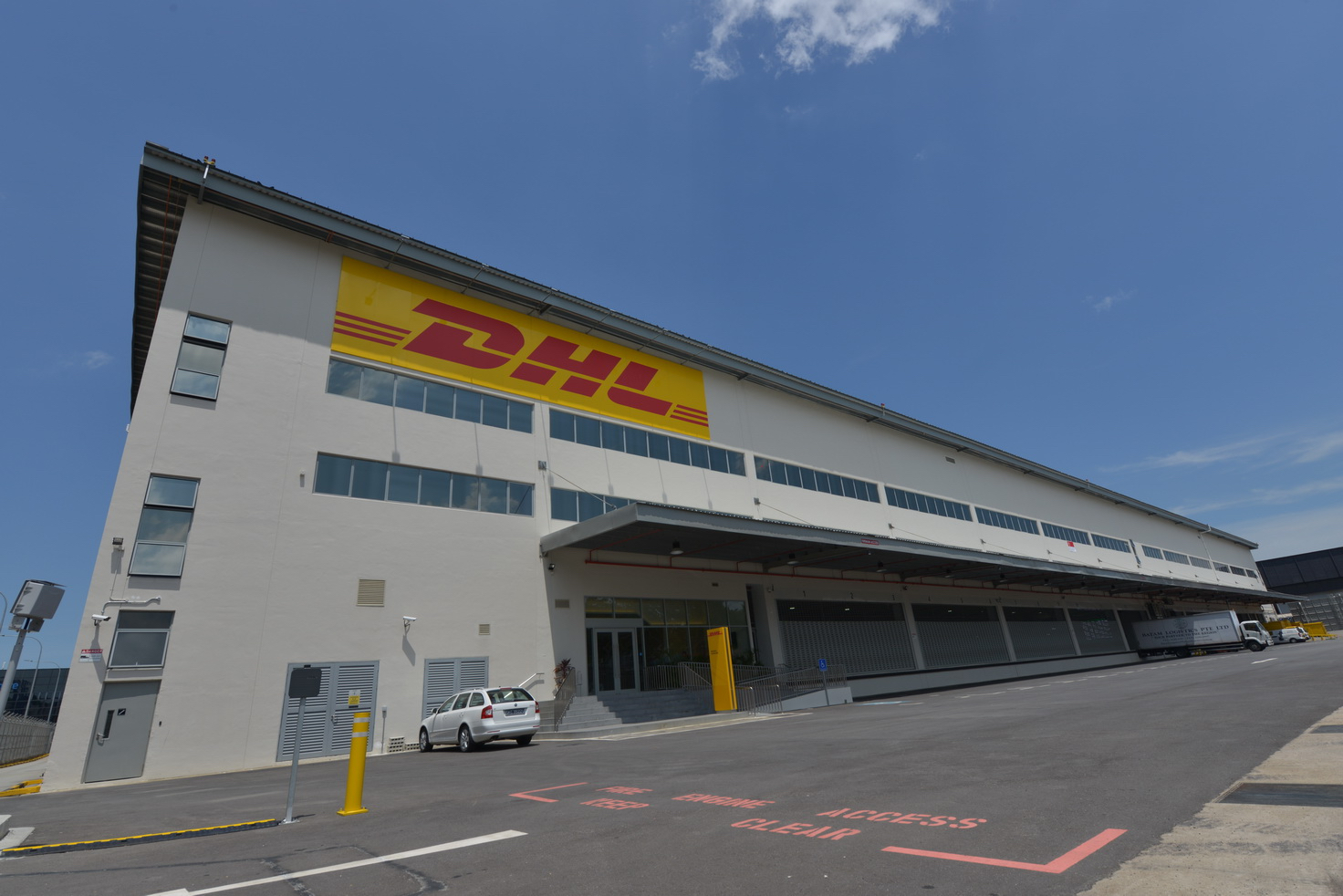
Aiming to accommodate the rapid growth of regional volumes fueled in part by e-commerce which DHL Express CEO Ken Allen said could be the “next game changer” that could help to restore global economic growth rates, the world’s largest international express services provider launched its new €85 million DHL South Asia Hub in Singapore on Tuesday.
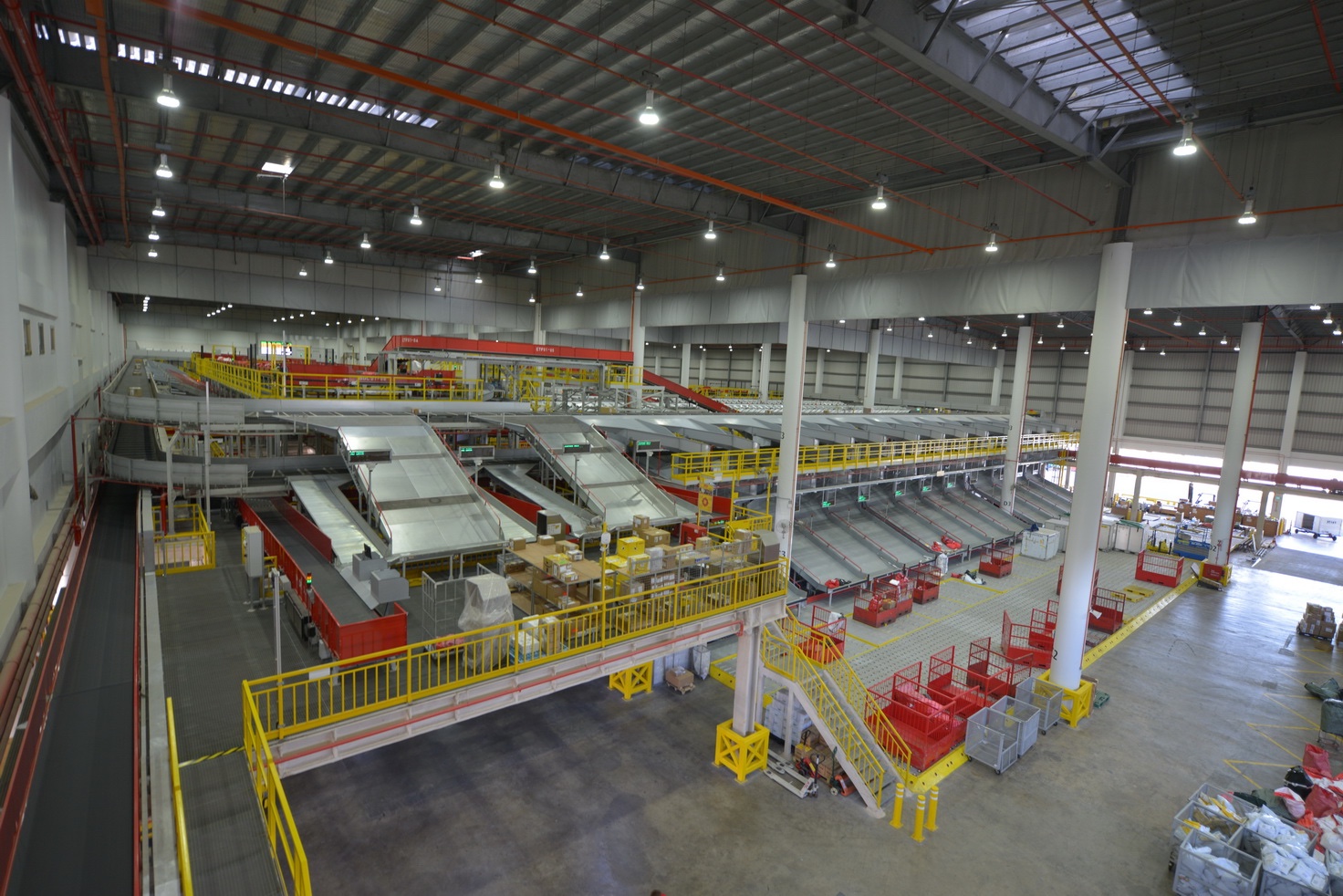
The expanded capacity will be needed Allen said, to handle the “tremendous growth” in the southern Asia Pacific region. Much of this growth is expected and indeed already being fueled by e-commerce traffic that has helped push up average daily shipments between 2012 and 2015 by 50 per cent in the Oceania region, 30 per cent in South Asia and 25 per cent in Southeast Asia.
“I think the whole e-commerce revolution is massive – it is the next game changer,” Allen said, adding: “I really think it is the next wave could really bring global growth back to previous levels,” barring of course obstacles like trade protectionism.
The surge in e-commerce traffic is timely as Allen notes, because “the problem that we’ve got at the moment is that world trade, for the first time ever, is going to grow at the same pace as global GDP.”
“There is no new innovation coming through – I mean everyone’s got an iPhone, everyone’s got an iPad, everyone’s got the latest technology – there’s not a lot of innovation happening so global trade is going to level out at the same pace of growth as GDP.”
“The exciting thing about e-commerce is that it’s not just the big players, Allen said. It’s not just about to Amazon, Alibaba or eBay, because every retailer in the world can put a website up to a global audience. “Every brick and mortar retailer is also getting in on the act and a lot of our big customers our traditional brick-and-mortar retailers.”

Allen also referenced Alibaba founder Jack Ma’s call for a new global trade agreement to help small businesses and developing countries in the era of online commerce. Dubbed the eWTO (World Trade Organisation) or WTO 2.0 Ma recently observed that in the past 20 years, WTO has worked well for big companies and he urged that in the next 20 years the trade organisation should evolve to support entrepreneurs operating in the e-commerce sector.
Perhaps not surprisingly, Allen observed that the best people to facilitate this new trade are the integrators, in part because he notes that the international piece “is still pretty complicated and I think that’s where we are perfectly positioned.” Certainly the model is evolving as witnessed by Amazon’s moves to gain greater control over its transport component and mainline, scheduled carriers and freight forwarders are also looking at how they can also enjoy a larger slice of this growing pie.
Keeping pace
“I think what the Alibaba’s and Amazons are doing is stimulating a lot of growth,” he adds. They are, as Amazon recently did in its contracting Atlas Air and ATSG to supply dedicated capacity under its Prime Air brand, investing in their own structure because they have got so much confidence in the growth rates and the traditional companies are not able to keep step,” Allen said.
“We spend in capex €900 million a year to keep our network to the highest quality standards that it is,” he said noting that both FedEx and UPS in the US similarly spend substantial amounts on their networks. “But they can’t handle Amazon’s peak B2C volumes so Amazon is stepping into that space and producing their own. But I don’t think Amazon sees themselves as competitor to us,” Allen said, noting that DHL is an “outstanding partner” of Amazon.
“The pace of growth is so big that you’re going to have to grow fast to do all the things they want to do – if you want one-hour delivery, if you want same-day delivery, for instance. So I think they complement a lot of what we are doing.” Amazon and the other big e-commerce platforms “are not the only players in the market and I think it’s a massive opportunity for everyone,” he added.
Acknowledging that its services, underpinned by speed, visibility and quality, come with a price, Allen said: “Our big issue and opportunity into the future, is to bring our price point down because everyone wants to use our service, but at the moment that comes with a cost.”
But he adds that for Jack Ma’s e-WTO initiative to be realised “we’ve got to get those price points down and it’s something that we are going to be working on.” At the moment the higher price point, time-definite business is still the cornerstone as people are willing to pay for the service and “it’s growing well, it’s bigger than we expected,” he adds.
New competition
Commenting on the interest by some e-commerce platforms in a cheaper option, possibly some form of integrated product from scheduled carriers and freight forwarders, Allen noted that “nobody’s been able to get their act together” to make it work.
“With the Integrated model we have one air waybill right through from pick up to final delivery and that’s something everybody wants – the customer wants it, authorities want it, security wants it – and that’s where we have a big advantage.” But should these efforts come to fruition, just as Amazon’s plans are now translating into reality, Allen isn’t fazed. “I think all these things are complementary, I don’t see it as new competitors.”
Hub efficiency
Meanwhile, the new 24-hour, 23,600 sqm express hub facility located within Changi Airfreight Centre (CAC) at Singapore Changi Airport replaces DHL’s former Singapore Hub giving it a 33 per cent boost in capacity and featuring the very latest automation technology. A substantial upgrade over its previously manual hub operations in Singapore, the new facility is the industry’s first fully automated express parcel sorting and processing system in South Asia.

The facility processes up to 24,000 shipments and documents per hour and can handle more than 628 tonnes of cargo during the peak processing window. This processing speed is six times faster, while the handling capacity is three times more, as compared to the manual operations in the previous facility.
The increased efficiency is achieved from the improved sorting speed and accuracy of the automated system, multi-dimensional tunnel scanners that accelerate barcode reading and automated X-ray machines that scan packages up to three times faster than previous systems.
In addition, the facility is partially powered by solar energy, which supplies about 20 per cent of the hub’s total energy consumption. These automation systems also enhance productivity, enabling employees to focus on higher value tasks such as risk mitigation to prevent potential shipment delays, issues management and additional security inspection.
With the hub located within the CAC, a 24-hour Free Trade Zone managed by Changi Airport Group, it improves the flow of goods between aircraft and the facility and allows consignments to be shipped or transshipped within an hour.
Speaking of the investment, Allen said: “Over the years, we’ve invested significantly to bolster our network and services in Asia Pacific. Our investment in the DHL South Asia Hub is the most recent in a series of global network investments made, and is the largest infrastructural investment made in Singapore to date. The country’s strategic location not only boosts our operational network capabilities, but also supports growing trade in the region aided by a stronger global economy.”
Lee added: “The DHL South Asia Hub is a significant milestone in further enhancing our multi-hub strategy in the region. With four hubs in Asia Pacific – Hong Kong , Shanghai , Singapore and Bangkok – this links over 70 DHL Express Gateways located throughout the region.
“Together, these facilities reinforce our customer commitment to provide the most efficient international express connectivity between key markets in the region. This will also allow us to add more network flights in and out of Singapore, such as the recent introduction of the Phnom Penh-Bangkok flight that adds to our existing Bangkok-Singapore service, as regional trade continues to grow.”





